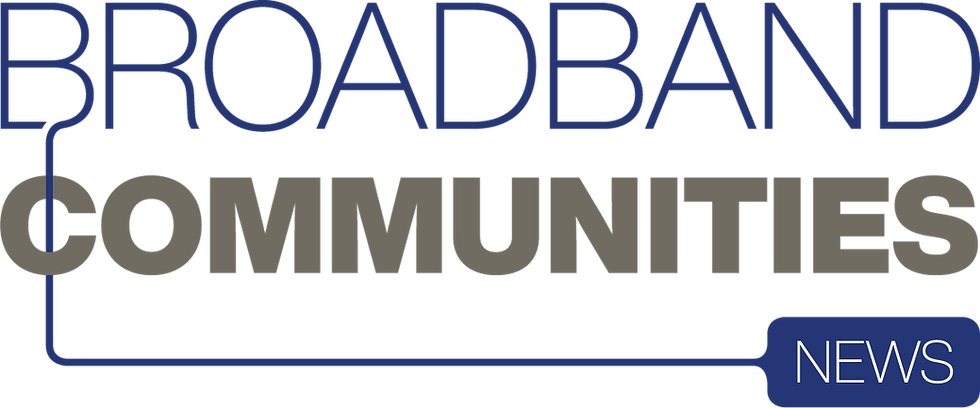[News] Gigi Sohn: Far from ‘on the ropes,’ Arrowsic is pulling its weight
- AAPB
- Sep 4
- 3 min read
Updated: Sep 8

The following viewpoint appeared on Broadband Communities:
In the media, a little “spin” is expected. But sometimes spin becomes distortion, and that’s exactly what we’re seeing with coverage of public broadband. Too often, success stories are twisted into cautionary tales, casting community-owned networks as costly, ineffective, or doomed to fail.
Take Arrowsic, Maine. After years of being overlooked by major providers, the town built its own broadband network using federal and private support. It’s a clear example of local determination paying off, yet headlines have declared, “A Biden-funded broadband project is on the ropes.”
Pundits and industry voices have piled on, framing Arrowsic’s experience as proof that public broadband is a “risk” or a “liability.”
But here’s the truth: they’re trying to write the obituary for a story that’s just beginning.
Setting aside that the Arrowsic network was funded in part by the American Rescue Plan, a law passed by a majority of Congress (private funding was also provided), the network is hardly “on the ropes.”
‘They aren’t folding their tents’
Yes, officials from the local broadband authority are concerned that after years of ignoring the town, a big incumbent is, to use big incumbent language, planning to “overbuild” the Arrowsic fiber network, but with an 85% take rate (200 of 235 households), low prices for fast speeds, and a community-first approach, they aren’t folding their tents.
Instead, the Arrowsic broadband officials are doing what big incumbents don’t usually want to do when a community chooses to build its own network—COMPETE.
And this is good for consumers everywhere. Consolidated is offering below-market pricing – $30 a month compared to $49.99 a month for Arrowsic’s service. But like so many other tempting offers by big broadband, it is an introductory offer intended to make people switch, with the hope that they won’t go back.
But as The Maine Monitor reports, those prices will go up after year one, and if my experience in a city with three broadband ISPs is any indication, they will continue to go up year after year.
‘What exactly is the risk?’
Opponents of community broadband self-determination claim that somehow what is happening in Arrowsic demonstrates the “risks” of community broadband. But what exactly is the risk? The network hasn’t cost taxpayers a dime, and the town has no debt. And again, competition is a good thing for internet users, no matter where it comes from.
Arrowsic’s biggest advantage, in my opinion, is that it was built by the community for the community. That means not only fast speeds at affordable prices, but customer service that puts the residents first, and the promise that by 2029, the local broadband authority will pay the town $50,000 annually. Given those advantages, Consolidated will have to do a lot more than cut their prices for a year to make any real inroads in Arrowsic.
Residents shouldn’t be fooled by this attempt to undercut the town’s network. While it’s hard to argue with competition and lower prices, this isn’t an honest attempt to compete, it’s an anticompetitive ploy to put the community network out of business.
Stay the course, Arrowsic.
Gigi Sohn is the Executive Director of the American Association for Public Broadband. AAPB is an organization dedicated to ensuring that communities have the freedom to choose what broadband network best serves their residents.

![[News] Counterpoint: Think about who’s opposing municipal broadband](https://static.wixstatic.com/media/d5eb00_63138e06c87546ebad17e3faf69afbaa~mv2.png/v1/fill/w_980,h_421,al_c,q_90,usm_0.66_1.00_0.01,enc_avif,quality_auto/d5eb00_63138e06c87546ebad17e3faf69afbaa~mv2.png)

![[News] The Divide: Gigi Sohn on growing, funding and defending public broadband networks](https://static.wixstatic.com/media/d5eb00_a77976a58c544168bad8d35810bd39fc~mv2.jpg/v1/fill/w_241,h_241,al_c,q_80,enc_avif,quality_auto/d5eb00_a77976a58c544168bad8d35810bd39fc~mv2.jpg)